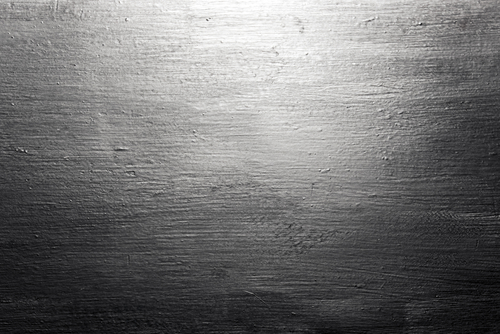Surface roughness testers measure the surface characteristics of an object. This is important because the surface dynamics determine the usability of that product as well as factors such as durability. For example rougher surfaces are more likely to corrode and be subject to wear and tear than smoother surfaces. On the other hand, smoother surfaces are less likely to adhere to each other than rougher surfaces. During the manufacturing process, these instruments measure the surface characteristics of the manufactured part and compare it to a required ideal. Readings from surface roughness testers are often measured in units symbolized as Ra.
Types of Surface Roughness Testers
These testers fall under two broad categories namely, contact surface testers and non-contact surface testers. Contact surface testing works by running an instrument over the surface being tested and getting a reading on the instrument. Typically, the contact-based surface roughness tester will comprise of a sensor that runs over the surface being tested and which is attached to a data processing and display unit from which the operator can read the data from the sensor.
Surface roughness testers will often also include a printing unit that can transfer the data into a printout that can be archived to enable other people to access it. Many surface roughness testers are portable because the conditions that they are used in (such as shop floors) make it useful for them to be portable. They can also typically be used in a variety of positions, whether vertically or horizontally, in order to adapt to the many possible positions of use in a manufacturing plant.
Surface Roughness Standards
Getting surface roughness measurements is not useful if you cannot compare it with a given standard in order to determine how much its surface roughness has deviated. Because of this, there are surface roughness standards that are available in the market to use as a benchmark to compare your readings.
Multi-role Surface Roughness Testers
Surface roughness testers can be combined to perform multiple tests on a surface and thus save time and cost of operating two machines. A good example – surface roughness and contour combination units which measure both surface roughness and object contours. Another possible combination is a three-in-one combination that brings together a form tracer, contour measurement and surface roughness testing.
Applications in Various Industries
As mentioned, surface testers are used in most manufacturing processes to ensure that surfaces of products produced meet a certain threshold. For example, surface testers are used in the automobile industry to ensure that a variety of parts such as brake pads and engine systems adhere to very precise surface roughness standards. Apart from the production of new products, surface roughness can be used to assess the impact of wear and tear on a product to help inform the manufacturing process. For example, prosthetic parts are often taken through surface roughness testing after replacement to give their manufacturers an idea of their patterns of wear and tear. This then informs the manufacturing process leading to better and more durable products down the road.





